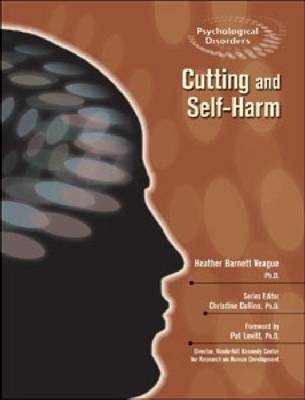Psychological Disorders
2 total works
Intentional self-harm, often in the form of cutting one's self, is generally associated with emotional or mental distress, especially when observed among teens. When in pain, the human body releases calming endorphins, leading some to injure themselves to experience the endorphin euphoria. Self-harm is associated with mental health disorders such as borderline personality disorder, anorexia nervosa, and bulimia nervosa. And while those who engage in self-harm may not intend themselves any serious physical injury, such risky behavior can result in death. ""Cutting and Self-Harm"" discusses the most common types of self-injurious behavior, what they mean, how they can be treated, and how they can be prevented. Chapters include: What Is Self-Harm? Who Engages In Self-Harm? Self-Harm and Mental Illness; Identification and Treatment of Self-Harm; and Prevention: How Do We Prevent Self-Harm?

